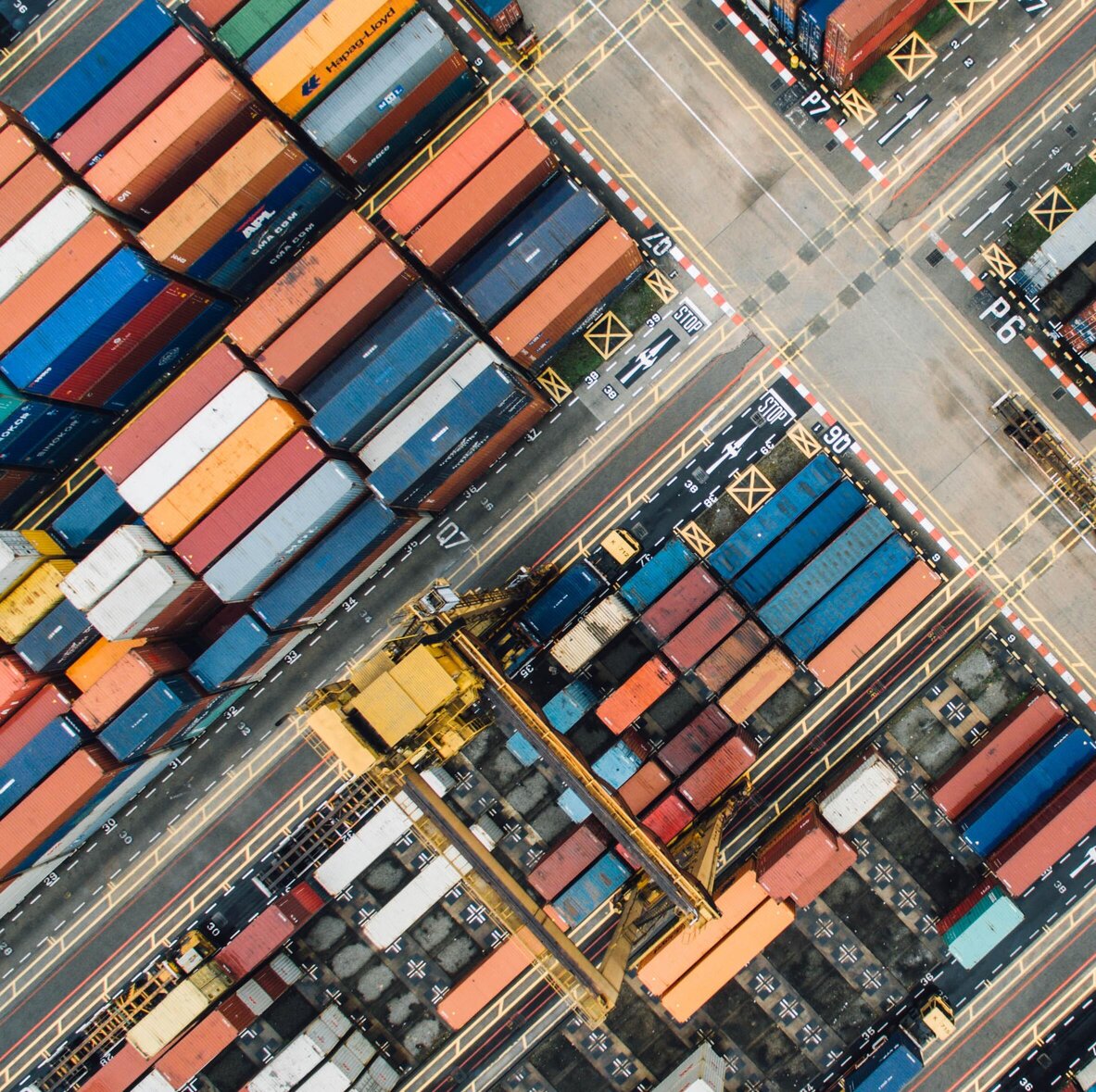Why Donald Trump’s Claims About the U.S.–Japan “Trade Deal” Are Deceptive

1. Trump’s “largest deal ever” might not be a deal at all
President Trump declared the agreement with Japan “perhaps the largest Deal ever made,” asserting Japan would invest $550 billion in the U.S. and face a reciprocal tariff rate of 15% on exports to America (down from proposed 25%). However, Japanese officials have firmly denied that this constitutes a binding treaty or any formal commitment. Japan’s Cabinet Office stated profit-sharing will depend on “degree of contribution and risk,” not a fixed 90% return to U.S. investors, and clarified that there is no legally binding written.
2. Investment figures are vague and nonbinding
The headline “$550 billion investment” figure appears politically appealing, but independent analysts—including from FT and CSIS—believe the number is not guaranteed, potentially capped or loosely defined, and may largely represent indirect state-backed financing rather than private capital. Brookings senior fellow Mireya Solís described the deal as lacking enforcement mechanisms and real guarantees.
3. Disagreement over profit distribution
Trump claimed the U.S. would earn 90% of the profits from Japanese investment, seeing it as a kind of signing bonus or payoff for reduced tariffs. But Japanese sources pushed back—arguing profit allocations will be proportionate to the investment risk and contribution, not pre‑assigned to the U.S. Treasury.
4. Deal was negotiated in haste
Multiple reports confirm the agreement was arranged during a 70‑minute meetingbetween Trump and Japan’s negotiator Ryosei Akazawa, with no comprehensive legal document to finalise terms. This raises serious doubts about the depth and durability of the arrangement.
5. Automakers warn of unfair advantage
Although Trump touted expanded access for U.S. cars and rice into Japan, the tariff relief was one‑sided: American consumers face continuing tariffs on steel, aluminium, and semiconductors, while Japanese vehicles win a 15% rate—even as U.S. makers remain saddled with higher effective import taxes on North American‑built autos. U.S. auto lobbyists warned it could put domestic manufacturers at a disadvantage.
6. Larger pattern of falsehoods
Trump’s rhetoric mirrors a consistent pattern of exaggeration and misinformation. Fact‑check experts have long noted his repeated false or misleading claims—including on trade, deficits, and investment figures—as intended political messaging rather than factual reporting.
Summary Table
Trump’s Claim | Reality per Reporting |
“Largest trade deal in history” | Not signed formally; terms unverified, possibly symbolic, or temporary. |
$550 billion Japanese investment | No binding commitment; unclear construct; may be loans, guarantees—not direct capital. |
U.S. receives 90% of profits | Tokyo says share depends on investment risk—not predetermined. |
Japan will drastically open markets | Limited relief on imports; U.S. still faces steel/aluminium tariffs; benefits not reciprocal. |
Conclusion
Donald Trump’s portrayal of the U.S.–Japan arrangement as a landmark economic victory appears overstated. The deal lacks binding commitments, exhibits conflicting interpretations between Washington and Tokyo, and may disproportionately favour Japanese exporters while failing to deliver meaningful goods or investment to U.S. citizens and industries. These ambiguities and contradictions align with broader patterns of inaccuracy and political spin in Trump’s trade messaging.